(aka (Phalacrocorax brasilianus), Olivaceous Cormorant, Phalacrocorax olivaceus)
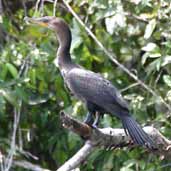
Like the Anhinga, their feathers become completely soaked during a dive which is why they are often found perched with their wings spread out to dry.
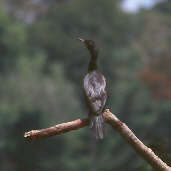
The first photo showing a lighter colouring of greyish brown above and a paler maxilla is of an immature bird.
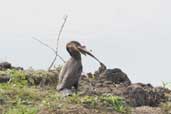
Photo 9, taken in Honduras shows the sub-species P. b. mexicanus which is smaller than the nominate with a proportionately larger bill.
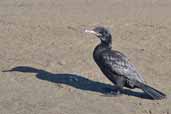
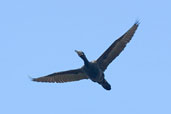
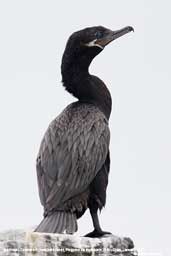
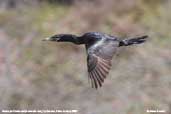
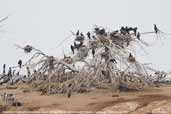
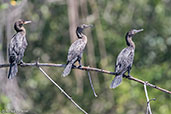
| Previous Page | Back to Index | Next Page |